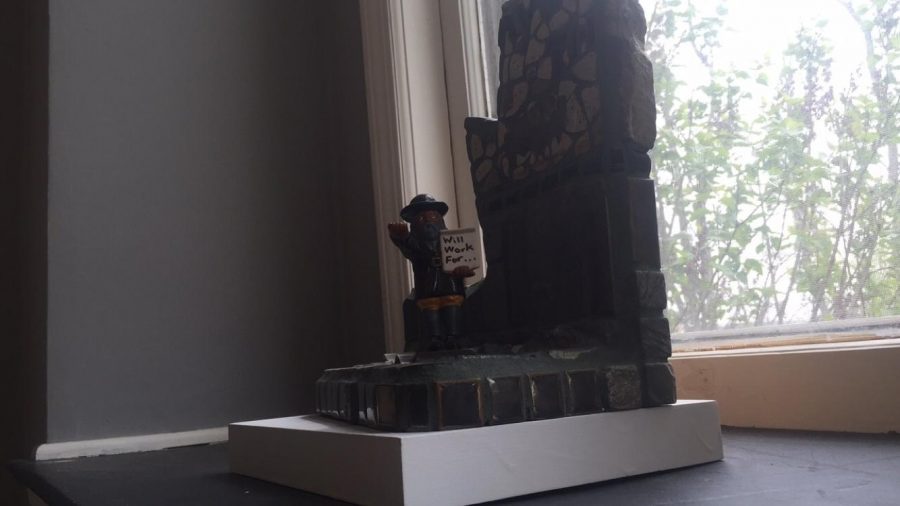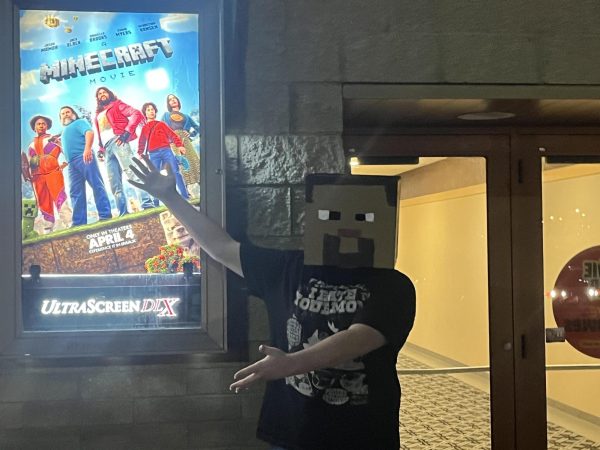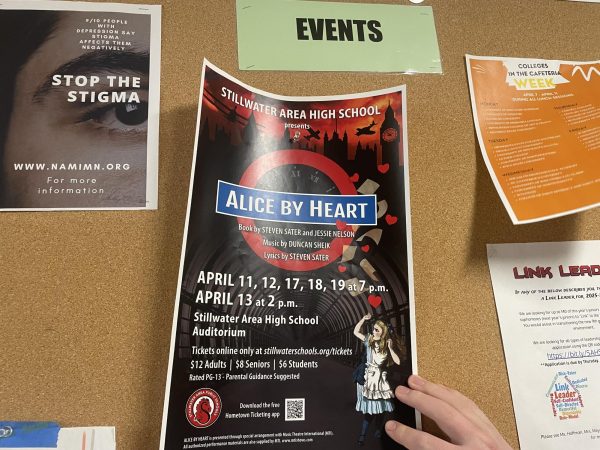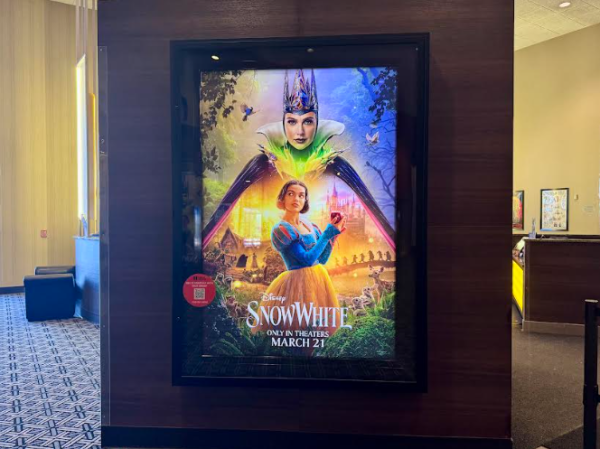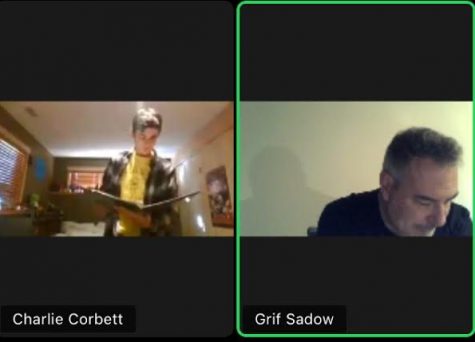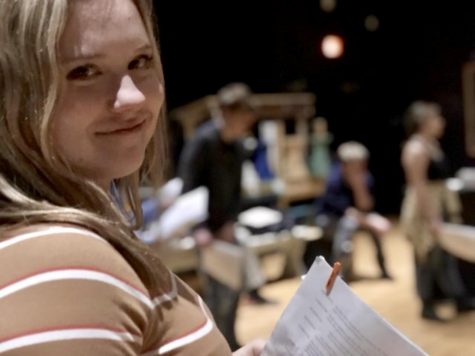From a cloud of dust to an art gallery
At Stillwater’s Art Reach, there was an art show, March 31-May 14, consisting of pictures taken during the dust bowl and paintings from local artists.. Many of the artists used The Grapes of Wrath as another starting point for their art work. Not only were there paintings and pictures, there were pottery and jewelry too.
The causes of the dust bowl started in the 1920’s, there was a major agricultural movement. With the moisture not kept in the soil, it created the dust storms that damaged the ecology. Many people called them black blizzards and black rollers. One major of the small storms was called ‘The Black Sunday.’ This storm happened on April 14, 1935, and witnessed by Robert E. Geiger, who wrote a story on it. While Edward Stanley was rewriting Geiger’s story, he came up with the term ‘Dust bowl.’ The dust bowl affected 100 million acres and moved tens of thousands of families.
There is a set of pictures that illustrates what life was like during the time. One picture is of a mother and baby sitting inside close to a window. Another pictures a father figure trying to farm in what looks to be sand. Another that reaches to the heart is one of the children on the car because they have no home because they must keep moving. There is a picture of the barren stone bridge on highway 5 as well as a different picture showing what downtown Stillwater looked like.
Executive Director, Heather Rutledge explained why they chose these photos, “With this particular exhibit, we came up with the idea of the historic photos and then put a call out to artists. We published online and in the press and to our network of artists an invitation for them to take on this challenge.”
To keep this exhibit in the area, Art Reach chose pictures from the area. One photo shows the stone bridge, that now has the bike trail going beneath it. They also chose a picture of downtown showing how barren it was without the tree from the irrigation taken in 1934.
“Stillwater is and was agricultural. They definitely experienced some of the sort of hard ships. It still had an impact because of the shipping and the boating and the mill going up and down the rivers,” history teacher Matthew Kiedrowski said.
While there were many advertisements and pushes for many associations that were during the era, the group that would most likely have put out the one and they chose would be from the Works Progress Administration, the WPA, for either the FSA, Farm Security Administration or the CCC, Civilian Conservation Corps.
“The New Deal with its relief recovery reform program, it gave people hope. It gave people a purpose and hope. That’s all that people needed,” Kiedrowski said.
The biggest piece of artwork is an interpretation from The Grapes of Wrath. Alongside the painting is the description of why the artist chose to do this particular piece.
“She [Edie Abret] is a prolific painter who really layers on these translucent layer over another translucent paint layer over another layer until this picture emerges. Her picture is built on these color washes. One thing she is really known for is going and outlining the shapes,” Rutledge said.
Many artists chose to use pottery to express their thoughts on the time. A piece that is not for sale is an interpretation of the wildlife, it pictures two turtles turned over on their backs. An artist used a mosaic pattern as well as figure with a sign asking ‘Will Work For …’
Rutledge said, “He [Gil Gragert] is a mosaic artist. His work is often very socially or politically charged. It is pretty emotionally charged. He did a really great job of really showing that there is a feeling of destitute. And his quote that really strikes me is, ‘only the poor are forbidden to beg’ -Anatole France.”
Rutledge mentioned that many people do not know about things that go on in the community. She talked about St. Croix Splash, a community website to learn about what is going on in the area.
“It’s an online website for finding out what’s going on all over the valley. I really recommend people to check that out because it has visual art, live music, theater, but also nature and recreational events,” Rutledge said.
With the gallery closing on May 14, they will be having a brand new one open shortly after. The community should go and learn more about Art Reach.
Rutledge said, “We’re open free to the public Wednesdays through Saturdays. We change this gallery every six weeks. The next exhibit opens May 19th and it’s called deceptively simple.”


